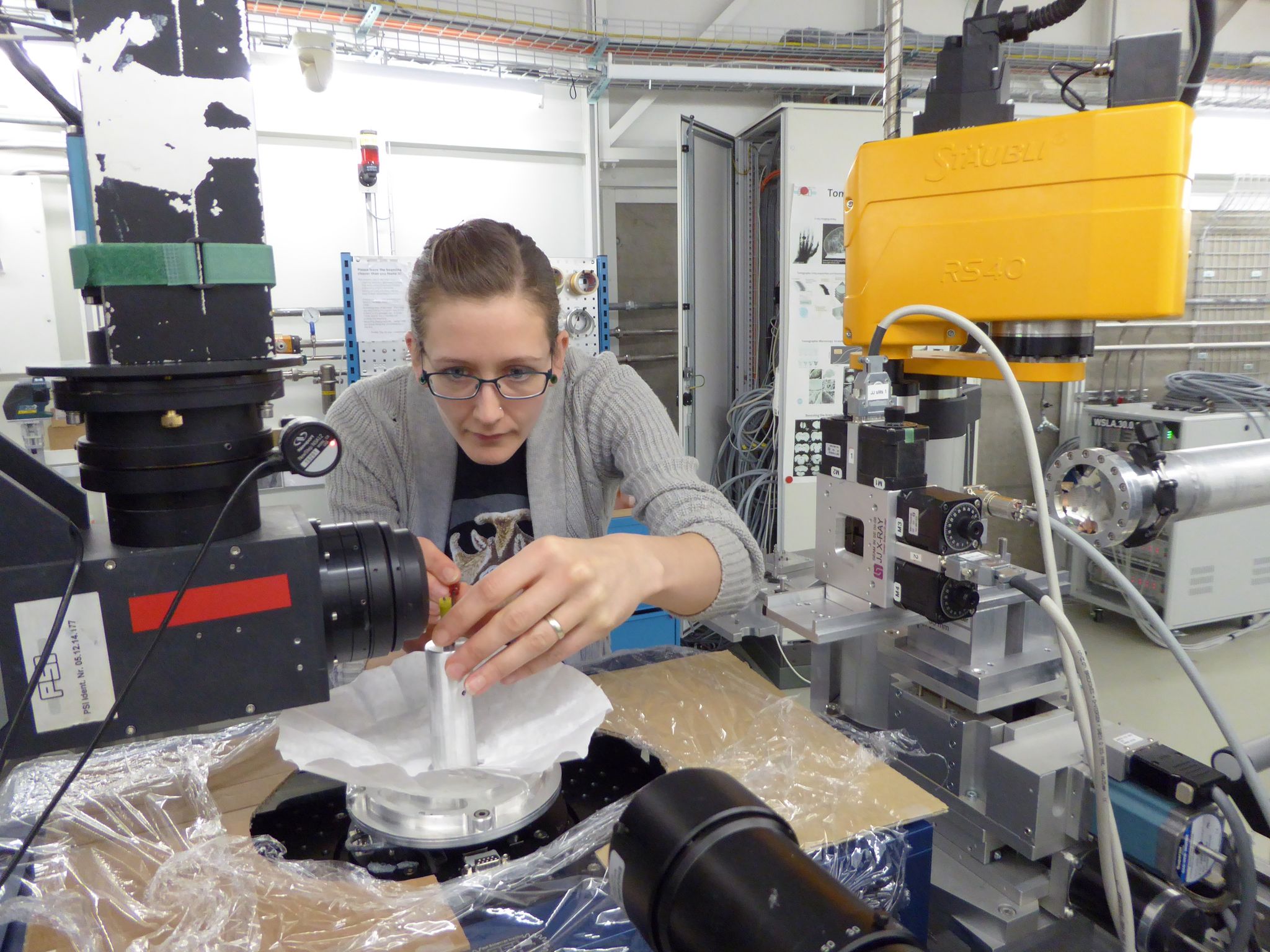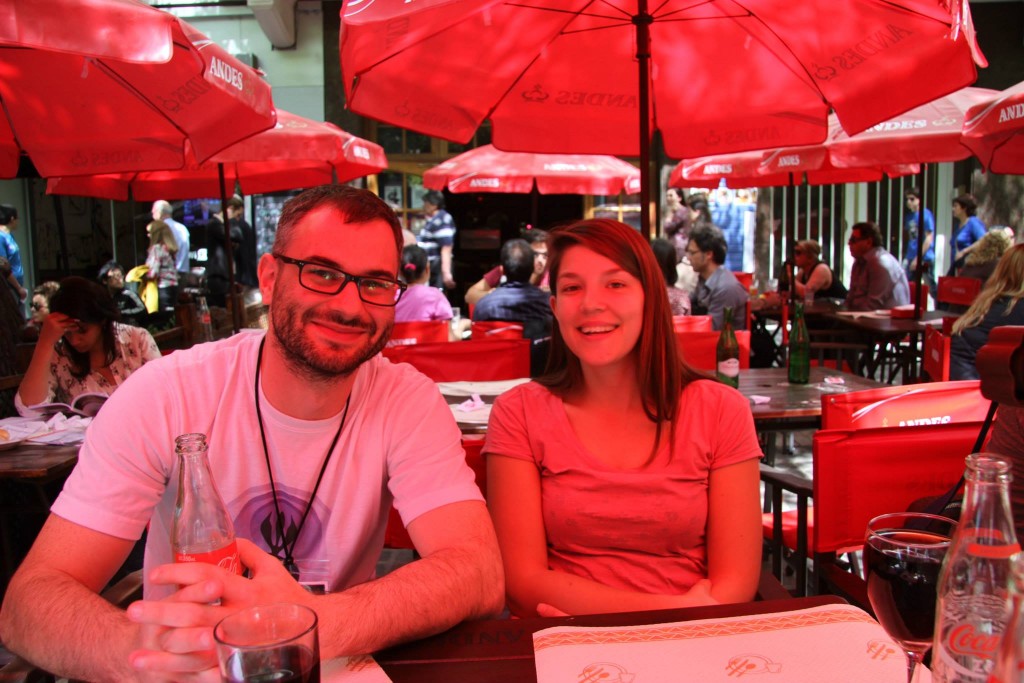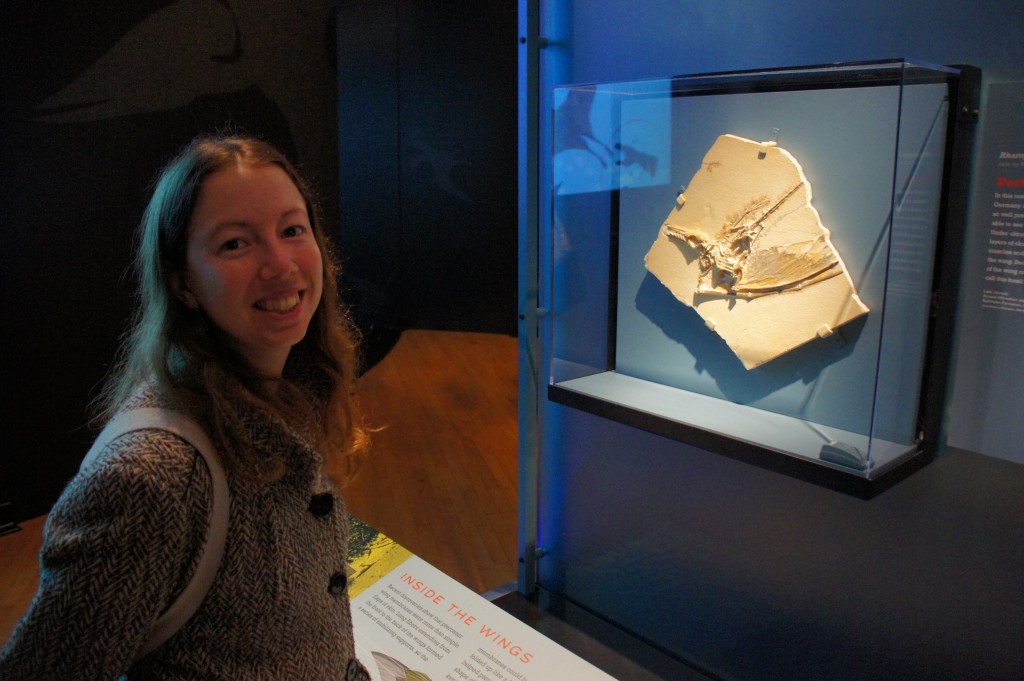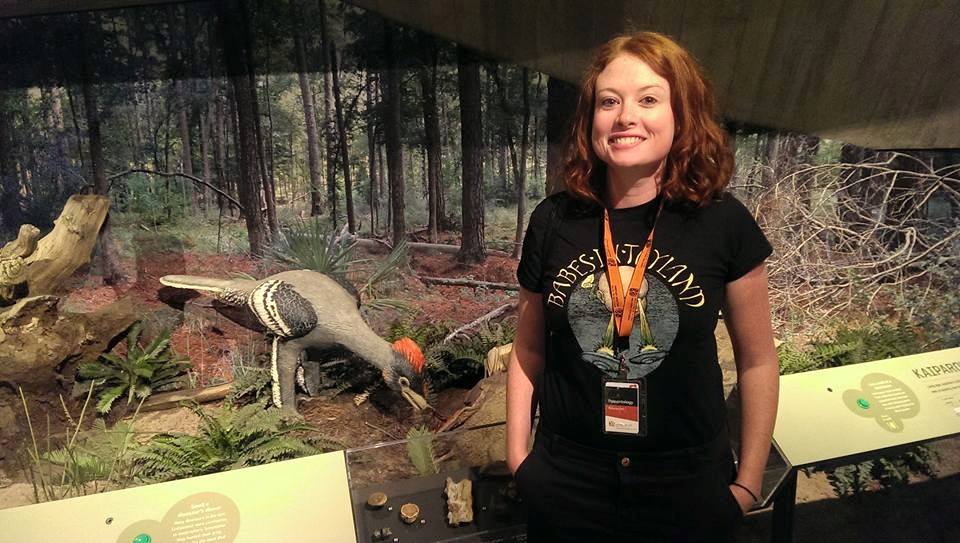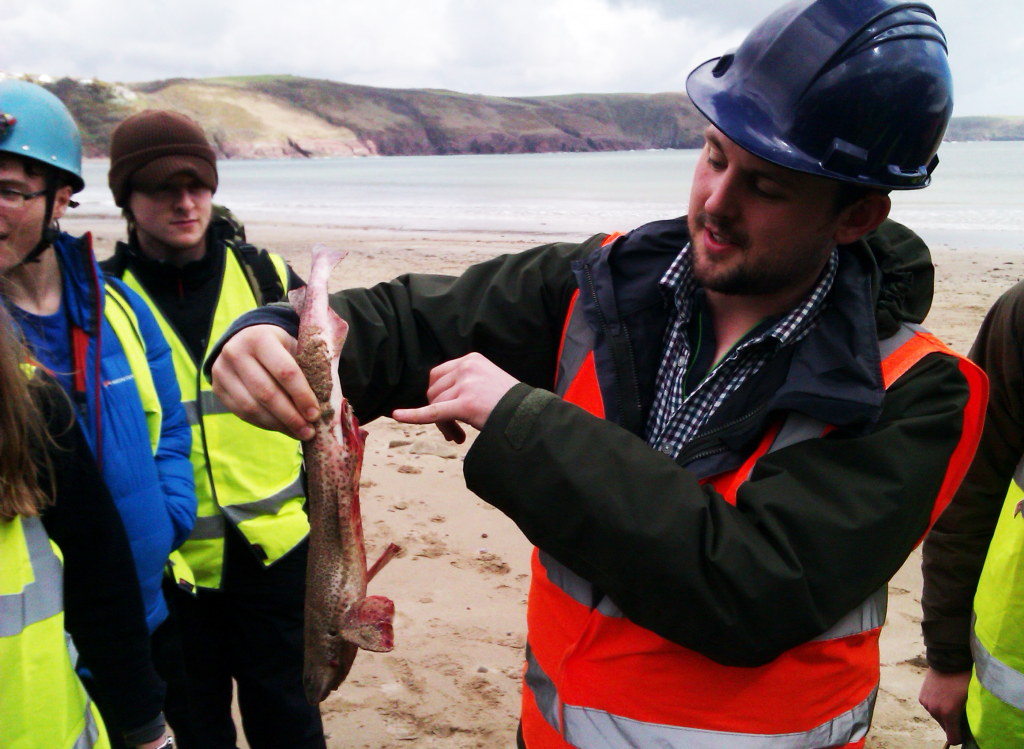About
- Palaeocast
- Dave Marshall
- Joe Keating
- Laura Soul
- Liz Martin-Silverstone
- Caitlin Colleary
- Tom Merrick-Fletcher
- Elsa Panciroli
Made possible by education and outreach grants from the Paleontological Society and the Palaeontological Association, Palaeocast Launched on 1st September 2012 and is a free web series exploring the fossil record and the evolution of life on earth. The main product of the project is the Palaeocast palaeontology podcast, but we also produce videos, report on new stories and record and live-stream conferences.
The educational ethos of the project is to source all materials from professional academics, letting experts tell the story of their own research. We work very closely with our contributors, ensuring that no aspect of their science is inaccurate or misrepresented in any way. This ensures the highest quality of the information presented to our audience.
We intend to continue to produce original multimedia, without charge and free of advertising, as we become the world’s first choice for accurate and engaging palaeontological information.
Dave is a part-time PhD student at the University of Bristol where he’s investigating the evolution of chelicerates. He is also a self-employed biostratigrapher in the oil industry. Dave founded Palaeocast in 2012 after becoming frustrated with the lack of a dedicated palaeontological documentary series and the poor scientific accuracy of popular media. He is dedicated to altering the public perception of palaeontology through the innovative adoption of new multimedia opportunities. Recently, Dave has been working on the Virtual Natural History Museum (V-NHM) project as he attempts to deliver Palaeocast’s brand of multimedia into classrooms.
When not in university, behind a microphone or on an oil rig, Dave can most often be found in the field looking for eurypterids or busy conceiving new sci-comms projects.
Marshall, D. J., Lamsdell, J. C., Shpinev, E., Braddy, S. J. (2014), A diverse chasmataspidid (Arthropoda: Chelicerata) fauna from the Early Devonian (Lochkovian) of Siberia. Palaeontology, 57: 631–655. doi: 10.1111/pala.12080.
Joe’s research focuses on the evolution of the vertebrate dermal skeleton, which consists of an extensive armour plating of bones and scales in many types of fishes, but is reduced to just a few bones of the skull and part of the shoulder in tetrapods (land vertebrates). The dermal skeleton is particularly interesting as it is the earliest vertebrate mineralised skeleton to have evolved. Furthermore, it is within the dermal skeleton that the archetypal vertebrate mineralised tissue types (bone dentine and enameloid) first appear. By studying the microstructure of bones and scales belonging to Palaeozoic jawless fishes, related by degree to living jawed vertebrates, Joe hopes to understand the evolution of the dermal skeleton and its component tissues. To achieve this, he uses a state-of the-art microscopic technique called Synchrotron Radiation X-Ray Tomographic Microscopy (SRXTM) This technique uses a football stadium sized particle accelerator, called a synchrotron, to generate extremely high energy X-Rays able to penetrate fossil bones. These X-Rays are used to produce a stacked series of images from which we can generate 3D virtual models of ancient skeletons at cellular level resolution. Joe’s research has revealed that the earliest skeletons were capable of radical remodelling and regrowth, much like the skeletons of living vertebrates.
Keating JN, Marquart CL, Donoghue PCJ. 2015. Histology of the heterostracan dermal skeleton: Insight into the origin of the vertebrate mineralised skeleton. Journal of morphology 276(6):657-680.
Donoghue PCJ, Keating JN. 2014. Early vertebrate evolution. Palaeontology 57(5):879-893.
Keating JN, Sansom RS, Purnell MA. 2012. A new osteostracan fauna from the Devonian of the Welsh Borderlands and observations on the taxonomy and growth of Osteostraci. Journal of Vertebrate Paleontology 32(5):1002-1017.
Laura recently completed her PhD at the University of Oxford and has now moved to Washington D.C., where she is a Deep-Time fellow at the Smithsonian National Museum of Natural History. She works in research and outreach for the museum’s Department of Paleobiology. Her research focusses on the use of phylogeny in macroevolutionary studies of extinct vertebrates, for which she uses many different clades, but her favourite is Sauropterygia.
Soul LC, Benson RBJ, Weisbecker V (2013) Multiple regression modeling for estimating endocranial volume in extinct Mammalia. Paleobiology 39: 149–162. doi:10.5061/dryad.38v59.
Soul LC, Friedman M (2015) Taxonomy and phylogeny can yield comparable results in comparative palaeontological analyses. Syst Biol 64: 608–620.
Liz is a PhD student at the University of Southampton working on pterosaur mass estimation and flight mechanics also in conjunction with the University of Bristol and the University of Southern California. She has an MSc from the University of Bristol, and a BSc from the University of Alberta, Canada. She has long been interested in palaeontology and fossils having grown up in Alberta, where dinosaur fossils are relatively common. Doing a BSc at the U of A meant she could work on a dinosaur bonebed located right in her hometown, a novel experience. She has since started working on pterosaurs and is interested in understanding how these giant animals could fly, and how their hollow bones allowed for this.
Dyke, G., … Martin, E., et al. (2015) Thalassodromeus sebesensis – a new name for an old turtle. Comment on “Thalassodromeus sebesensis, an out of place and out of time Gondwanan tapejarid pterosaur”, Grellet-Tinner and Codrea (online July 2014 DOI 10.1016/j.gr.2014.06.002). Gondwana Research 27: 1680-1682.
Martin, E.G. and C. Palmer (2014) A novel method of estimating pterosaur skeletal mass using computed tomography scans. Journal of Vertebrate Paleontology 34: 1466-1469.
Martin, E.G. and C. Palmer (2014) Air space proportion in pterosaur limb bones using computed tomography and its implications for previous estimates of pneumaticity. PLoS ONE 9: e97159.
Caitlin was born in Los Angeles, California and raised by show business people. Her interest in evolution led to her studying anthropology as an undergrad at UCLA and then, somewhat naturally, to an MSc in palaeobiology at the University of Bristol in the UK. She’s now a PhD student at Virginia Tech studying organic preservation in vertebrate fossils. Her love of paleontology is based on digging up fossils in the field and using as many new instruments as she can get her hands on to try to extract more information from the fossil record.
Caitlin Colleary et al. (2015) Chemical, experimental, and morphological evidence for diagenetically altered melanin in exceptionally preserved fossils. PNAS 2015 : 1509831112v1-201509831.
Tom Merrick-Fletcher is a vertebrate palaeontologist and functional morphologist, working primarily on fossil fishes fluid mechanics. He was an enthusiastic amateur for years before graduating from the University of Bristol in 2009, having studied Palaeontology and Evolution to Masters level. He has now finished a PhD at the University of Leeds, studying the hydrodynamics of fossil fish scales, and is working with Speedo International to further his work. The research aims to explore the functions of modern and fossil scales, particularly the convergent evolution of structures which act to reduce drag. More broadly he is interested in the novel application of engineering methods to palaeontological problems, and aims to specialise in vertebrate functional morphology and biomechanics. Tom joins the team to assist in video production and editing.
Murphy P., McLeod G., Merrick-Fletcher T. (2015) Bridging the gap between laboratory and field based teaching and learning in the geosciences. Teaching Earth Sciences 40.
Fletcher T. M. , Altringham J. D., Peakall J., Wignall P. B., Dorrell R. M. (2014) Hydrodynamics of fossil fishes. Proceedings of the Royal Society B: Biological Sciences 281, 20140703.
Fletcher, T. M., Janis, Christine M., and Rayfield, Emily J. 2010. Finite Element Analysis of Ungulate Jaws: Can mode of digestive physiology be determined? Palaeontologia Electronica 13, 15p.
Elsa is a Scottish palaeontologist and writer, currently based in Oxford. She is an Early Career Leverhulme Research Fellow at the Oxford University Museum of Natural History, and an Affiliate Researcher at National Museums Scotland. Her research focuses on the origin and evolution of mammals and centres on fossil material from the Isle of Skye. Elsa dedicates a lot of time to science communication, including delivering public lectures and school workshops. She has written regularly for The Guardian on topics in evolution and palaeontology, and has been published online and in print in magazines and websites. Her first popular science book is due to be published soon, Beasts Before Us.
